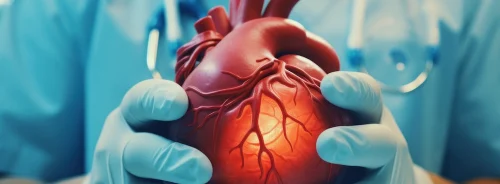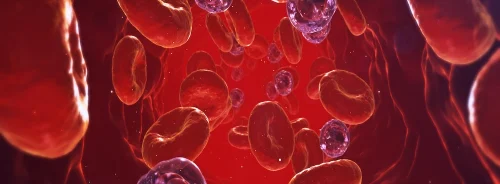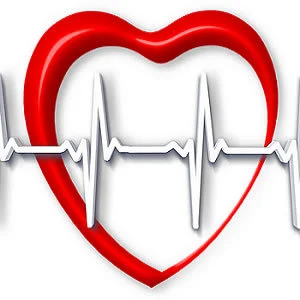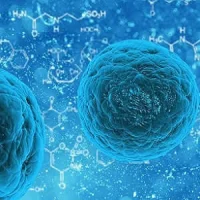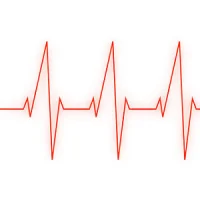Researchers in the U.S. say a new experimental drug, cimaglermin, shows promise in restoring a patient's cardiac function after heart failure. A first-in-man study published in JACC: Basic to Translational Science showed a sustained improvement in left ventricular ejection fraction, or pumping capacity, in patients who received a high dose of cimaglermin over three months.
See Also: New Pathway to Treat Heart Failure
Heart failure is characterised by a loss of cardiac function. A significant portion of heart failure patients, particularly those with severe left ventricular systolic dysfunction, do not sufficiently respond to current medical therapy. According to researchers, cimaglermin acts as a growth factor for the heart, helping the structural, metabolic and contractile elements of the heart to repair itself following injury.
Daniel J. Lenihan MD, from the division of cardiovascular medicine at Vanderbilt University and colleagues examined the efficacy of a single infusion of cimaglermin in heart failure patients. The study included 40 patients who were taking optimal medical therapy for at least three months prior to the trial. Compared to patients who received a placebo, patients who received a high dose of cimaglermin had a sustained increase in left ventricular ejection fraction through 90 days after dosing, with the maximum increase reached at day 28.
"These findings support continued clinical development of the investigational drug cimaglermin, including further safety evaluations and detailing the potential improvement on clinical heart failure outcome measures," says Dr. Lenihan.
Limitations of this study include the small sample size and the fact that patients only received a single infusion rather than multiple doses. The researchers also noted that the most common side effects were headache and nausea, which were temporarily associated with exposure to the drug. As with all experimental drugs, the research team says additional studies will be required to determine if the relative risks and benefits of cimaglermin warrant approval.
Douglas L. Mann, MD, FACC, editor-in-chief of JACC: Basic to Translational Science described the results of this study as "very exciting".
"Instead of blocking the fundamental mechanisms that lead to cardiac injury, the early results with cimaglermin suggest that it may also be possible to administer therapeutics that allow the failing heart to repair itself using its own repair mechanisms," Dr. Mann said. "If the results of this study can be replicated and translated into improvements in clinical outcomes in larger numbers of patients in phase II and III clinical trials, it will represent a paradigm shift in the way in which clinicians treat patients with heart failure."
Source: American College of Cardiology
Image Credit: Pixabay
References:
Lenihan DJ, Anderson SA, Geisberg Lenneman C, Brittain E, Muldowney JAS, Mendes L, Zhao PZ, Iaci J, Frohwein S, Zolty R, Eisen A, Sawyer DB, Caggiano AO (2016) A phase I, single ascending dose study of cimaglermin alfa (neuregulin 1β3) in patients with systolic dysfunction and heart failure. JACC: Basic Transl Sci, 1(7). DOI: 10.1016/j.jacbts.2016.09.005
Latest Articles
left ventricular ejection fraction, cimaglermin, cardiac injury, failing heart, heart failure
A first-in-man study published in JACC: Basic to Translational Science showed a sustained improvement in left ventricular ejection fraction, or pumping capacity, in patients who received a high dose of cimaglermin over three months.

